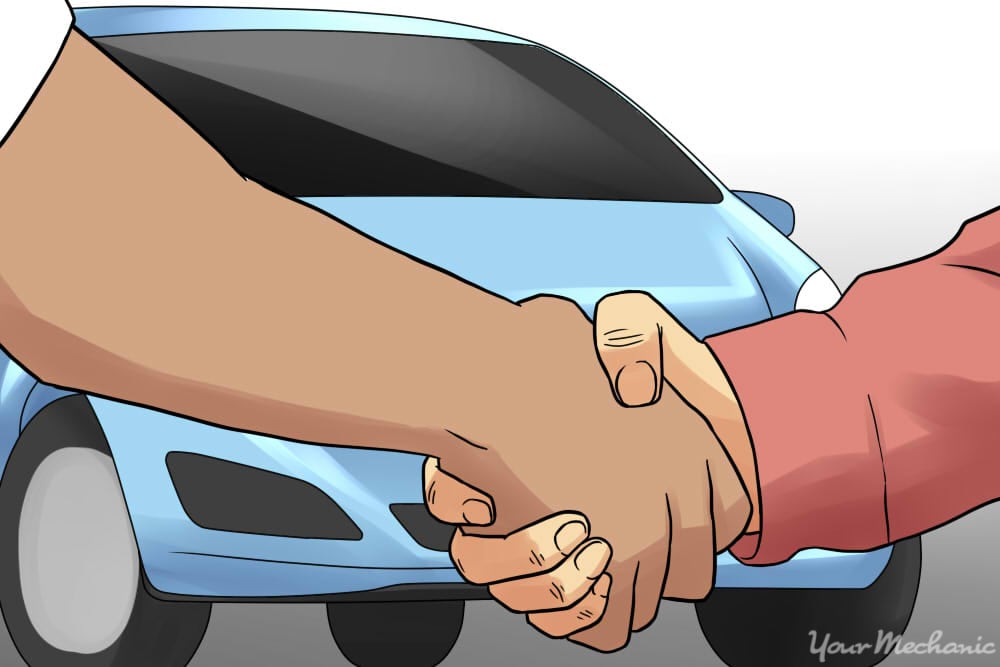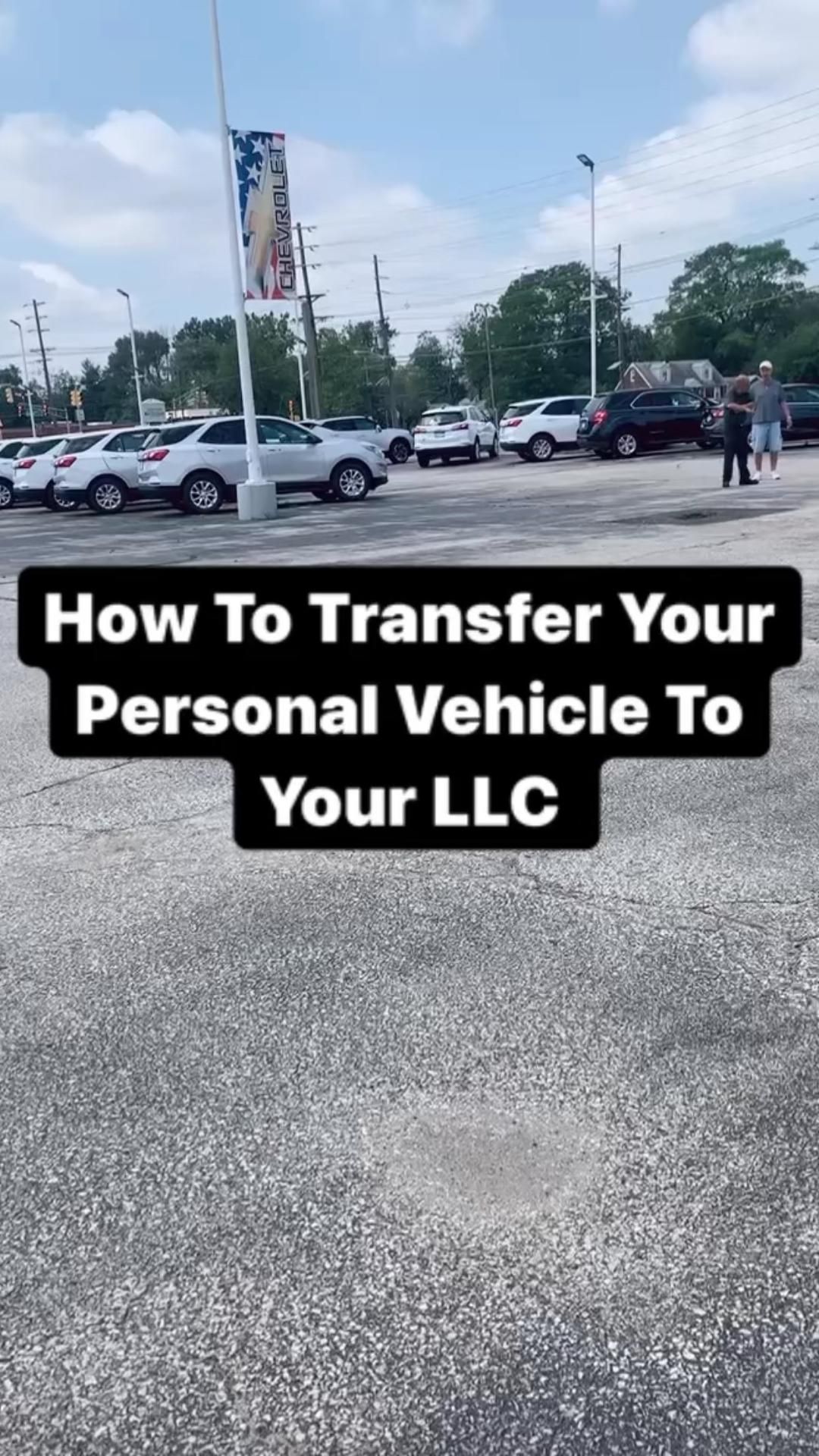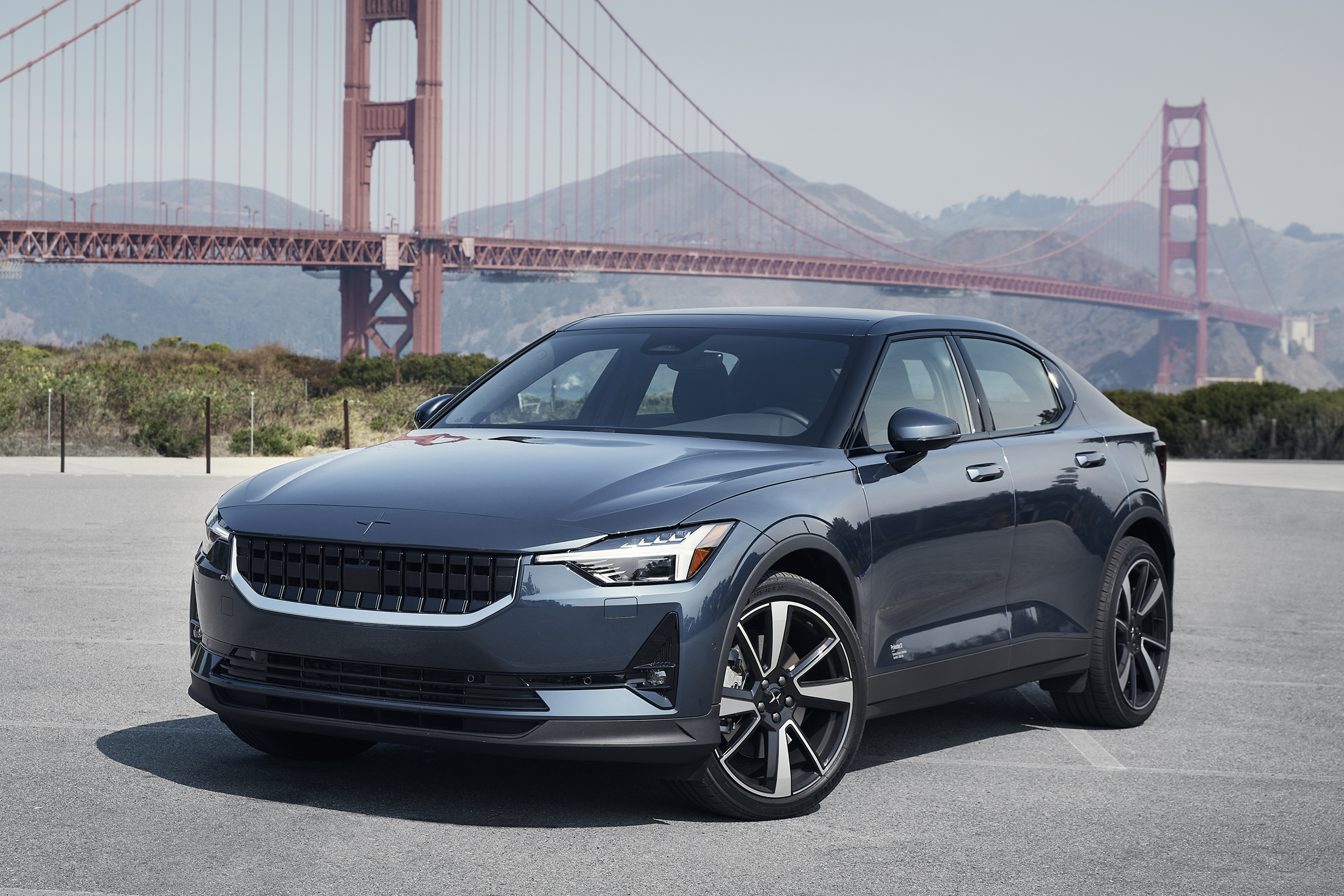How to Buy a Car from a Person
To buy a car from an individual, first contact them to express interest and arrange a meeting. Then, inspect the vehicle thoroughly before negotiating the price.
Purchasing a car from a private seller can be a strategic move for buyers seeking a potentially lower price than what dealerships offer. It affords the opportunity for a detailed conversation with the previous owner about the vehicle’s history and condition.
A key part of the process is ensuring a mechanic inspects the car, as this can uncover issues that aren’t immediately apparent. This hands-on approach gives buyers greater control and often leads to more transparent transactions. Remember to review the car’s title and vehicle history report, and agree upon a payment method that ensures a secure exchange for both parties. Finalizing the deal requires paperwork completion, including the bill of sale, and transfer of the title to legally drive your new purchase.

Credit: santanderconsumerusa.com
Preparing To Purchase Privately
Buying a car from a private seller is exciting. Get ready for this adventure with a few crucial steps. These steps make sure you find the best deal for your needs without surprises. Dive into the world of private car buying with confidence!
Setting Your Budget
Knowing your spending limit is key. It shapes your car shopping journey. Begin with a clear budget. How much can you spend without straining your finances? Remember, there’s more than the car’s price. Consider tax, registration, and potential repairs. Use these tips for budgeting:
- Review your savings – How much can you spend without affecting emergency funds?
- Plan for extra costs – Set aside money for additional expenses that come with car ownership.
Choosing The Right Vehicle Type
The perfect car matches your lifestyle and needs. Compact cars are great for city driving. SUVs suit adventure lovers. Think about the following to decide on a vehicle type:
| Need | Vehicle Type |
|---|---|
| Fuel Efficiency | Sedans, Compacts |
| Space | SUVs, Vans |
| Performance | Sports Cars |
Searching For The Ideal Car
Embarking on the journey to purchase a car from an individual means finding that perfect match. With plenty of avenues to explore, pinpointing the right car requires a blend of smart strategies and digital tools. Delve into the world where your ideal wheels await, tapping into online resources and personal networks. Let’s navigate the first steps to discovering your next ride.
Online Marketplaces And Listings
Finding a car in the digital age begins with a simple click. Online marketplaces are treasure troves of options. Sites like Craigslist, eBay Motors, and Facebook Marketplace offer an extensive array of listings. Buyers can refine searches by make, model, price, and proximity. Safety tip: always meet sellers in public spaces and take a friend with you.
- Filter options: Narrow down listings based on your preferences.
- Comparison shop: Check multiple sources for the best deals.
- Contact sellers: Reach out directly for more details and to arrange viewings.
Networking And Word-of-mouth Recommendations
No technology beats a personal recommendation. Word-of-mouth leads can guide you to reliable cars. Friends and family often know someone selling a car. Tap into your network by asking around. Social media is a powerful ally. Make a post about your car search and watch recommendations roll in. Personal connections can lead to trustworthy deals.
| Strategy | Benefits |
|---|---|
| Ask friends and family | Get reliable seller information and potentially better deals. |
| Use social media | Widen your search and receive personalized suggestions. |
| Community boards | Discover local cars that may not be listed online. |
In quest of that perfect car, combine the convenience of online platforms with the trust of personal endorsements. Stay patient and perspicacious; your ideal car is closer than you think.
First Steps Of Contact
Buying a car from a private seller often starts with a message or a phone call. Communication begins the journey to your new set of wheels. Knowing the right steps ensures a smooth experience. Let’s dive in!
Initial Communication With Sellers
The first message to a seller is crucial. Be respectful and clear. Mention the car’s make, model, and your intention to buy. Confirm the car’s availability. Here’s a simple template:
Hi [Seller's Name],
I saw your ad for the [Car Make & Model]. Is it still available? I am very interested.
Thanks,
[Your Name]
Keep your first message short and sweet. If the seller responds with details, it’s time to ask questions.
Important Questions To Ask
Questions help you learn about the car before seeing it. Ask these:
- What is the car’s mileage?
- How many owners has the car had?
- Can you provide maintenance records?
- Has the car been in accidents?
- Why are you selling the car?
- Is there any existing warranty?
These questions can reveal the car’s history and condition. Sellers should answer them willingly.
Note the responses to compare with other options. Buying a car is significant, so thoroughness pays off. Be patient and follow these steps to ensure you get the best deal!

Credit: www.griproom.com
Inspecting The Vehicle
Purchasing a car directly from an owner is a detailed process. One vital step is inspecting the vehicle thoroughly. This hands-on evaluation helps to ensure the car is in the condition as advertised. Attend to every detail and never rush this step. A good inspection can save you from future headaches and unplanned expenses.
Scheduling A Test Drive
Before signing any papers, a test drive is essential. Reach out to the seller and agree on a time. Ensure the drive includes different roads and speeds. This variance exposes issues that are not noticeable at low speeds or on smooth roads.
What To Look For During An Inspection
An in-depth inspection is the backbone of a wise purchase. Below is an actionable checklist for inspecting the car.
| Exterior | Interior | Mechanics |
|---|---|---|
| Check for dents, scratches, and rust. | Look over upholstery for tears or stains. | Listen to the engine for odd sounds. |
| Test all lights and turn signals. | Ensure all electronics are functional. | Examine under the hood for leaks or corrosion. |
| Inspect tires for wear and alignment. | Verify air conditioning and heat work well. | Test brakes for responsiveness. |
- Review the car’s history report for past damage or accidents.
- Confirm mileage aligns with the vehicle’s age and records.
- Ask for service and maintenance records to see the car’s care.
Diving Into Vehicle History
Before shaking hands and taking the keys, knowing a car’s past gives peace of mind. This dive uncovers the good, the bad, and the repairable.
Reviewing Service Records
Well-maintained cars live longer. Ask the seller for service records to gauge this.
- Oil changes: Look for regularity.
- Tire rotations: Consists of lifespan clues.
- Major repairs: Critical for future costs.
A clean record suggests a smoother ride down the line.
Checking For Liens And Accident History
Liens spell trouble. Always check for unpaid debts on the car, as they can transfer to you upon purchase.
Accidents can hide beneath shiny paint. A vehicle history report reveals collisions and their severity.
Here’s a quick checklist:
| Item | What to Do |
|---|---|
| Liens | Verify with local DMV or online services. |
| Accident History | Use VIN to check online databases. |
Finalizing The Sale
Buying a car from a private seller means finalizing the sale with diligence. The final steps involve smart negotiation, clear communication, and strict adherence to legal formalities. Turn this closing phase into a smooth drive with precise actions and informed decisions.
Negotiating skills can save you money. Always start with a fair and realistic offer. Be polite and stick to your budget. Bring up what you learned about the car’s condition to discuss the price. Remember, mutual respect during negotiation keeps the process positive.
- Research the car’s market value.
- Inspect the car’s condition.
- Discuss the price openly.
- Agree on a final price.
Handling the paperwork is crucial. Ensure all legal documents are in order before paying. Check the vehicle’s title to confirm the owner’s identity and ensure there are no liens. A bill of sale is important; it records the transaction details for both parties.
- Verify the title is clear.
- Fill out the bill of sale.
- Complete the title transfer.
- Notify the DMV of the sale.
- Secure your new registration and plates.
| Document | Purpose | Responsible Party |
|---|---|---|
| Title | Proves ownership | Seller |
| Bill of Sale | Records transaction | Both parties |
| Title Transfer | Legal ownership change | Buyer and Seller |
After you finalize the sale, check with your local DMV. They may require additional forms or steps. Always get insurance for your new car before driving it. Enjoy the ride in your new purchase!
After The Purchase
Congratulations on buying a new car! The journey doesn’t end with shaking hands and receiving the keys. A few more steps and the car will truly be yours. Let’s walk through them.
Registration And Insurance
After buying a car, you must register it. Registering means telling the government you own the vehicle. You will get a license plate and documents. This proves the car is yours and it’s legal on the road.
To drive your car, you also need insurance. Insurance protects you if there’s an accident. Choose a plan that fits your needs and budget.
Here’s a checklist for registration and insurance:
- Contact your local DMV: Find out what they need for registration.
- Gather documents: You’ll need ID, proof of purchase, and more.
- Get insurance: Shop around for the best deal.
- Apply for registration: Fill out forms and pay fees.
- Install your plates: Once you get them, put them on your car.
Post-purchase Maintenance Tips
Keeping your car in good shape is important. Proper care means it will run well for a long time. Here are tips to keep your car like new:
| Check | Frequency |
|---|---|
| Oil and fluids | Every 3,000-5,000 miles |
| Tire pressure | Once a month |
| Brakes | Every 25,000 miles |
| Battery | Every 3-5 years |
Regular checks keep your car safe. Follow the car’s manual for the best results. Keep records of all service and repairs.
Remember: treat your car well and it will do the same for you!

Credit: depositphotos.com
Frequently Asked Questions For How To Buy A Car From A Person
What To Check When Buying A Used Car?
When buying a used car, inspect the vehicle history, service records, and physical condition. Check for rust, tire wear, and engine issues. Take it for a test drive to assess performance.
How To Negotiate The Price With A Seller?
Startup by researching the car’s market value. Communicate clearly your offer based on the car’s condition and your budget. Be polite but firm, and ready to walk away if necessary.
Is A Pre-purchase Inspection Necessary?
Yes, a pre-purchase inspection by a trusted mechanic is vital. It helps identify any hidden problems or future repairs, ensuring you make a well-informed decision before purchasing.
What Paperwork Is Required To Buy A Car Privately?
The necessary paperwork includes the bill of sale, title transfer documents, and a release of liability form. Confirm that the vehicle identification number (VIN) matches the documents.
Conclusion
Purchasing a car privately can be both economical and satisfying. By exercising diligence and following the steps outlined, you’ll navigate the process confidently. Remember, vetting the vehicle and its owner helps ensure a sound investment. Safe driving, and enjoy your new set of wheels!







